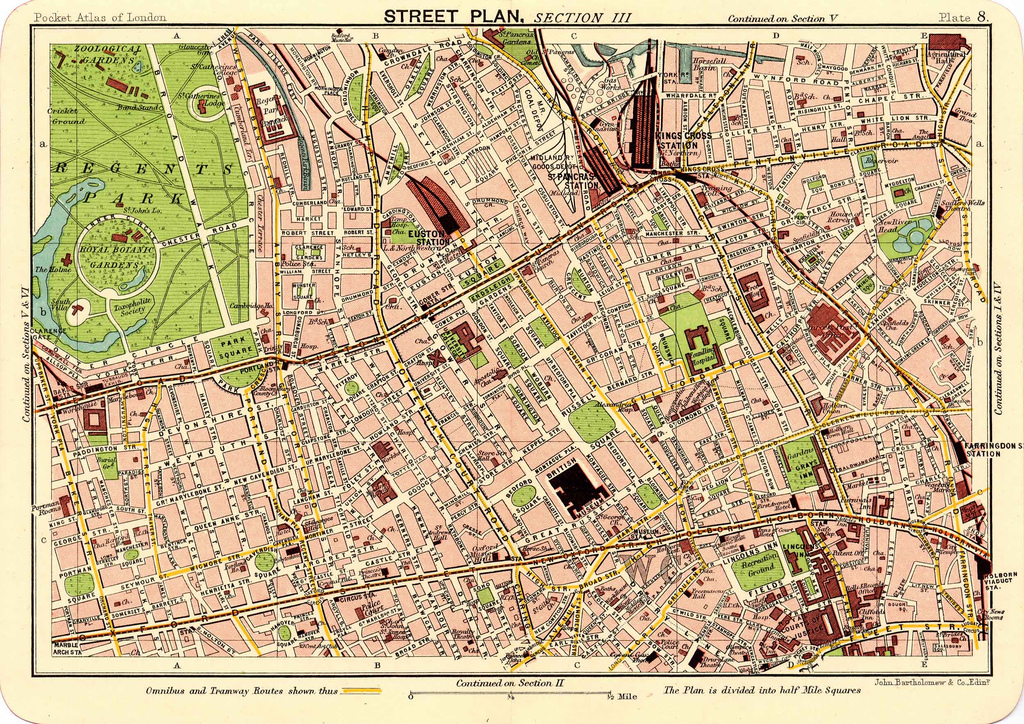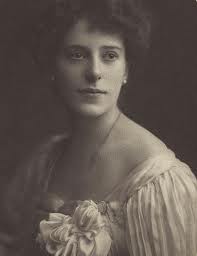Ladies began to carve out a separate, independent life of their own by the late 1890s, and there came to London a proliferation of clubs catering specifically to gentlewomen of rank and means. Inside, the clubs mirrored that of their more famous counterparts like White’s or the Marlborough Club, as centers of leisure and relaxation, as well as providing a London address for women who primarily resided in the country.
The Albermarle Club, founded in 1874, is marked at the first ladies’ club, but it admitted both gentlemen and ladies–a shocking development in and of itself. The first women’s club was the Somerville Club, founded in 1879, for graduates of the college and those of a strong intellectual and philanthropic bent, but the first ladies’s club was the Alexandra, which was founded in 1884 and required its prospective members maintain eligibility to attend Court Drawing Rooms. The other ultra-exclusive club was the Victoria (1894), and both possessed dining rooms, reading rooms, drawing rooms, and bed chambers for its members, the last of which accommodated ladies for a fortnight’s lodging. Other clubs of note were the University Club (1887), which counted among its members university graduates, licensed physicians, and students or lecturers who had been in residence for at least three terms in Girton or Newnham, Cambridge, or Lady Margaret or Somerville, Oxford; the Pioneer Club (1892), founded by Mrs. Massingberd for ladies of rank and professional women, its aim being that of promoting democracy and abolishing class lines within its handsome residence; and the Writers’ Club (1892), which strove to provide opportunities for English lady journalists.
By 1899, London saw nearly twenty-five clubs catering specifically to the needs of London’s aristocratic and middle class women–and that number did not include the growing number of clubs and societies formed for the benefit of working-class women. Soon, not only did other British cities follow the lead with such clubs as Edinburgh’s Queen’s Club (1897) and Manchester’s The Ladies’s Club, but American cities, with New York’s The Colony Club being the most opulent and aristocratic club of its kind. Though they were primarily sociable in focus, the clubs could be a hotbed of political activism, with many suffragists taking prominent positions in the multitude of clubs which sprang up since 1899, and social change.



